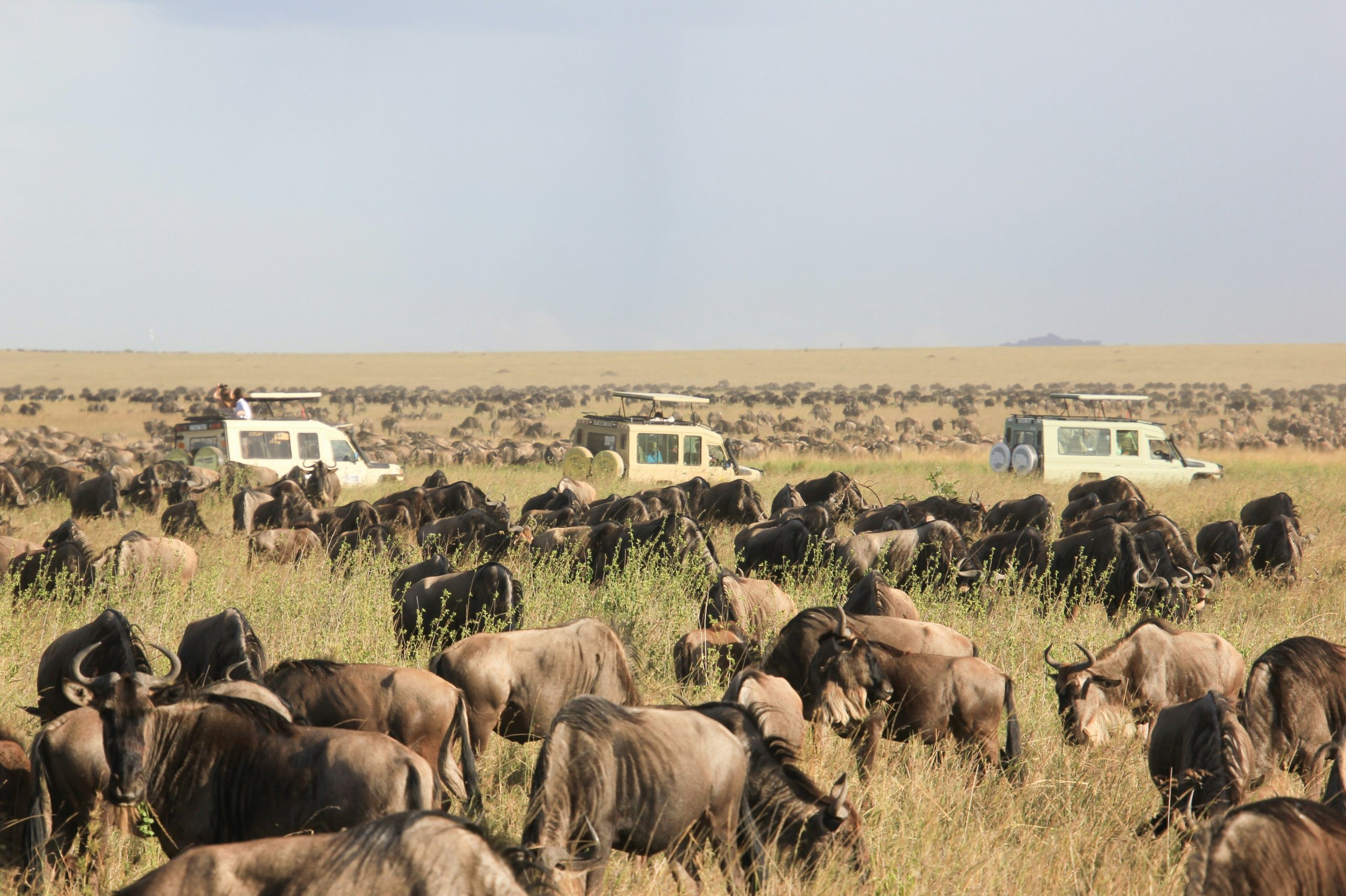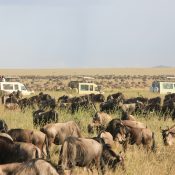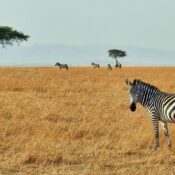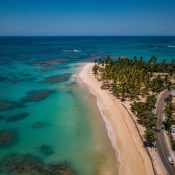
The Great Wildebeest Migration: Nature’s Most Spectacular Show in the Masai Mara
Every year, over two million wildebeest, zebras, and gazelles embark on a treacherous journey across the vast plains of East Africa in search of fresh grazing and water. Known as the Great Wildebeest Migration, this awe-inspiring event unfolds between Serengeti National Park in Tanzania and Masai Mara National Park in Kenya, offering one of the most dramatic and unforgettable wildlife spectacles on Earth.
The Journey of Survival
The migration is a continuous cycle, driven by seasonal rainfall and the need for food. Starting in the southern Serengeti, vast herds move north through Tanzania, heading toward the nutrient-rich grasses of the Masai Mara. The journey is fraught with danger—predators, exhaustion, and treacherous terrain constantly threaten their survival.
The Dramatic Mara River Crossing
One of the most iconic and harrowing moments of the migration is the Mara River crossing, a scene that has become synonymous with wildlife documentaries. This natural barrier lies at the heart of the Masai Mara and serves as a dramatic stage for the struggles of life and death. As thousands of wildebeest attempt to cross the river, they face powerful currents and the ever-present threat of Nile crocodiles lying in wait. It’s a chaotic, emotional moment that defines the resilience and instinctive drive of the migrating herds.
Safari in Kenya: Witnessing the Migration
Experiencing the wildebeest migration on a Kenya safari is a bucket-list adventure for nature lovers and wildlife photographers. The Masai Mara National Park is considered one of the best places in Africa to witness the migration, especially between July and October when the herds arrive in Kenya from Tanzania. Game drives during this period offer unparalleled opportunities to witness not only the crossings but also the predators that follow the herds, including lions, leopards, cheetahs, and hyenas.
Serengeti to Masai Mara: A Cross-Border Wonder
While the Masai Mara is a highlight, the migration begins and spends much of the year in the Serengeti National Park in Tanzania. A safari in Tanzania during the calving season (January to March) in the southern Serengeti offers a completely different, yet equally fascinating experience—witnessing thousands of newborns taking their first steps, and predators lurking in the shadows.
Planning Your Migration Safari
Whether you choose a safari in Kenya or a safari in Tanzania, timing is crucial. The migration is a year-round event, but different stages offer different experiences:
- December–March: Calving season in Southern Serengeti (Tanzania)
- April–June: Herds move northward through Central Serengeti
- July–October: River crossings and peak migration in Masai Mara (Kenya)
- November: Return south to Serengeti as the cycle begins anew
Final Thoughts
The Great Wildebeest Migration in the Masai Mara is more than just a wildlife event—it’s a story of life, survival, and the raw beauty of nature. Whether you find yourself watching a river crossing, a lion stalking its prey, or simply standing in awe as thousands of hooves thunder across the plains, this is a once-in-a-lifetime experience.
If you’re planning your next African adventure, don’t miss the chance to witness the greatest wildlife show on Earth, spanning the legendary Masai Mara National Park in Kenya and Serengeti National Park in Tanzania.



